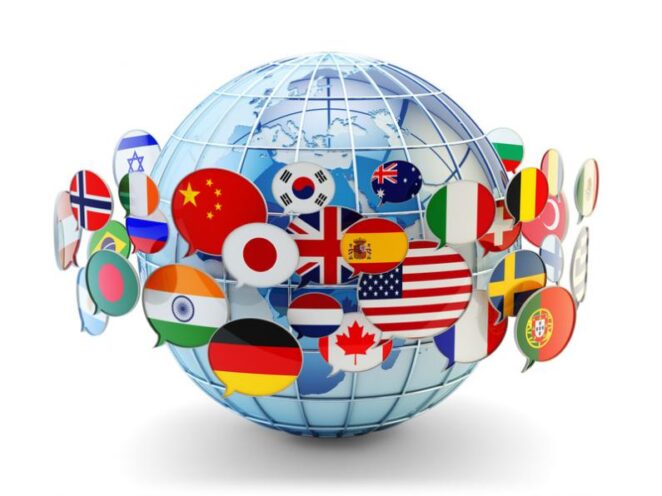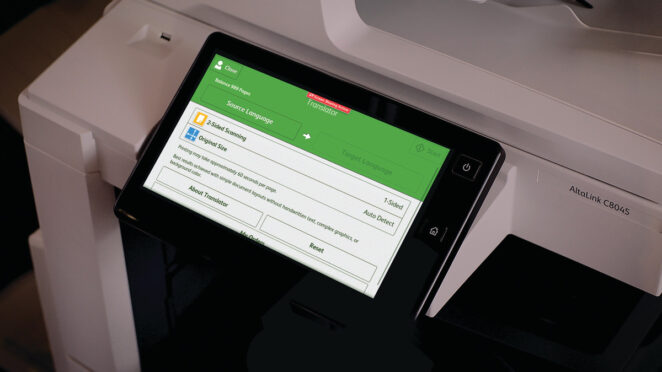When it comes to delivering fast, scalable and accurate translation, it is imperative to keep up with the process of examining the original content and its translation to make sure it satisfies client requirements uniquely.
In order to enhance product acceptance and sales to new markets through more effective product training and workshops, the requirement of hiring stand-out Professional translation services is of key importance. The objectives of linguistic quality assurance include checking for spelling and grammar errors, appropriate terminology use, proper message conveyance, exact style accuracy, cultural appropriation, the correctness of format, and other things.
Linguistic quality assurance strives to prevent flaws, mistakes, or issues by verifying that all processes follow specified quality standards. Consider it as a proactive approach that entails being vigilant to specifics to stay clear of circumstances that can endanger the caliber of the finished output.
Ensuring Accuracy & Consistency Across Translating Multiple Languages

Giving clients a smooth purchasing experience requires more than just translating your website into their languages. The website can be translated into the appropriate language with the help of professional translation services.
But let’s say they can access your website in their native tongue. In that situation, it is simple for them to access and modify the product type they require without being directed to helplines or ordering products afterward. Also, imagine that the presentation is in your native tongue, then you could occasionally recommend the product or service to friends and family.
For an agency to become an expert in professional translation, it is required to constantly utilize a quality control procedure to guarantee continued quality for its clientele and cohesiveness in the event of issues.
Below are a few of our recommendations for a successful QA process:
Recognize The Requirements And Guidelines Of Your Client
As each customer is unique, a professional translation agency must be able to adjust to each of their demands, especially after the translation project has been approved. Pointers like, whether your client emphasized the significance of employing a particular vocabulary (pertaining to their local dialect)? Have they asked for a non-disclosure agreement because they value privacy and confidentiality?, etc.
If so, then as a component of effective quality control in a translation, you must meet all of those requirements.
Refine The Language Of Your Writing

While running the quality control tests, make sure that the linguistic errors should also be fixed because they can alter the interpretation or even render it difficult to comprehend. Grammatical errors, misspellings, and inappropriate terminology can prevent a product or service from serving its intended function, which is what a quality control check is supposed to ensure.
Use QC Checklists
The extent to which a translation satisfies established criteria or standards is referred to as its quality. As part of their corporate philosophy, professional translation agencies have a set of benchmarks and standards that make up excellent control of quality guidelines for a translation.
They can make checklists that their personnel must utilize to ensure that each phase of the QC inspection is adhered to in order to control that. For this, they might incorporate two native speakers of the chosen language to review every translation.
Upgrade The Particulars In Your Writing
Make certain that the facts and data you are providing to your clients match; what they gave you in the beginning; by carefully reviewing your translation. Typical errors comprise of employing inconsistent wording when referring to equivalent functions and features, numerical incompatibilities, and inaccurate and misleading translations of button names (trying to translate ‘Go back’ and ‘Next’ and conversely). Due to a lack of QC tests, the above issues may result in a machine’s faulty performance, as they strictly work on an algorithm basis.
If Necessary, Print Out Your Translation

It may be quite helpful to undertake desktop publishing (using a small computer and printer) and test the final product in physical format if your customer is unfamiliar with the target text. Thus the translation is meant to be published. Especially when working with right-to-left languages such as Arabic, Hebrew, Urdu, Persian etc., this step could be very crucial.
Because even if your translations are flawless and the final result is visually stunning, giving your client control of the design could cause issues if they are unfamiliar with right-to-left formats. Even moving to the next stage, taking an informed opinion from the client to carry on along with the transcript or not is advised.
Making Capable Of Tracing Down
Make sure all translation steps are cataloged properly, as in recording, and never remove or delete any files from your server. Acquiring this accessibility for this with the client will help you be more effective at solving problems and will give your services a professional appearance.
Schedules, records, identities, and every other project-related detail must be at your fingertips right away so that you can track down the data files and address any problems your customer might run across.
Examine Your Files

With translating linguistic files, even a high-end translator might stumble over some script issues. Due to compatibility issues arising from variations in layouts, office formats can frequently present complications for translators.
The export of the translation through automated sources may occasionally encounter issues due to some concealed text in the file. If you didn’t correct such glitches in the files before conveying them to your customer, it would be a clear sign that your quality control system is lacking, and your client will likely not be pleased. A key to tackling such a situation is to examine the data provided to you.
Conclusion
What is more important is not the language itself but the end user who consumes it. To guarantee that the service is provided in line with the client’s needs and quality standards, quality control is a method, or a method combination, that is utilized.
A good translation should be as faithful to the original text’s tone and message as feasible. The target audience’s regional and cultural characteristics should also be considered.
It’s normal to make mistakes, and expecting your translation to be flawless once you’re done, is just impractical. Hence, to avoid any such shortcomings, above mentioned practices must be incorporated while finalizing the translation across multiple linguists.



